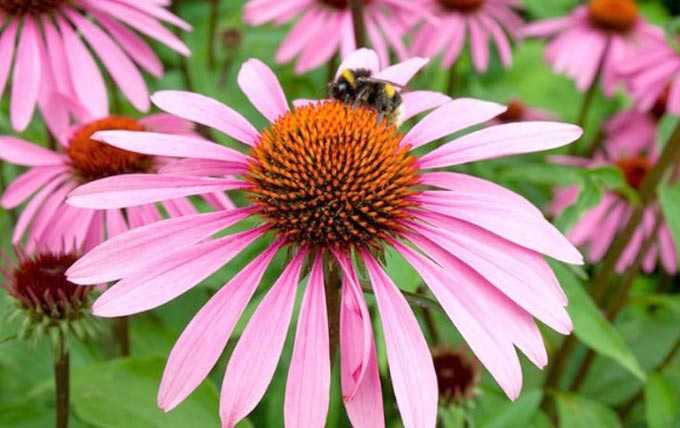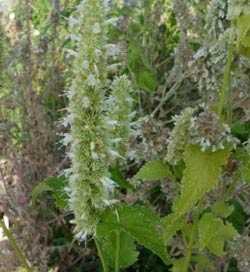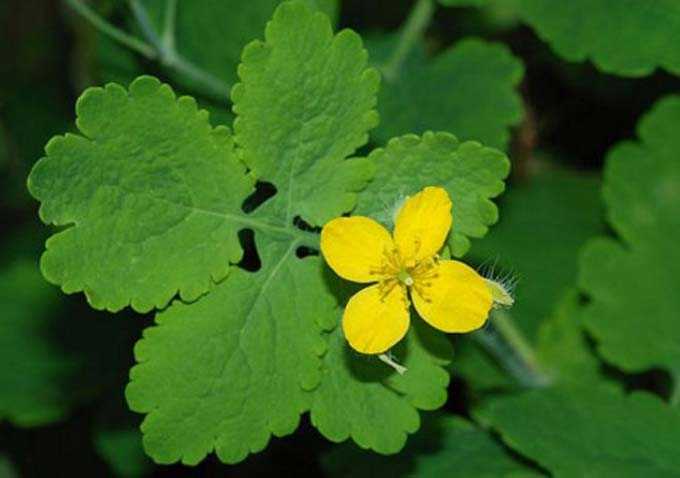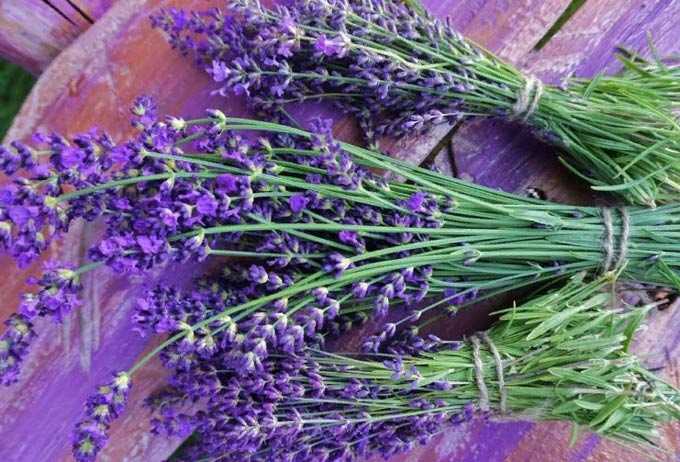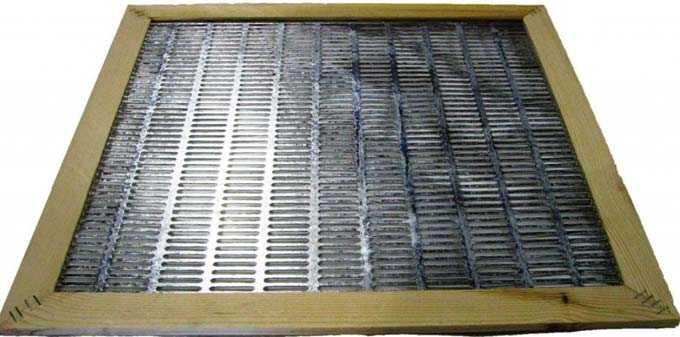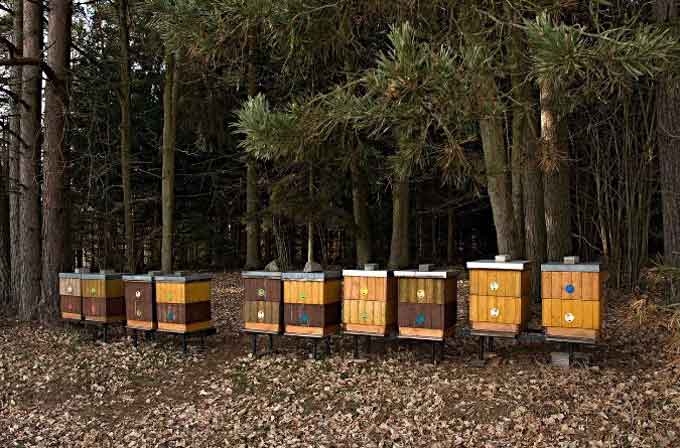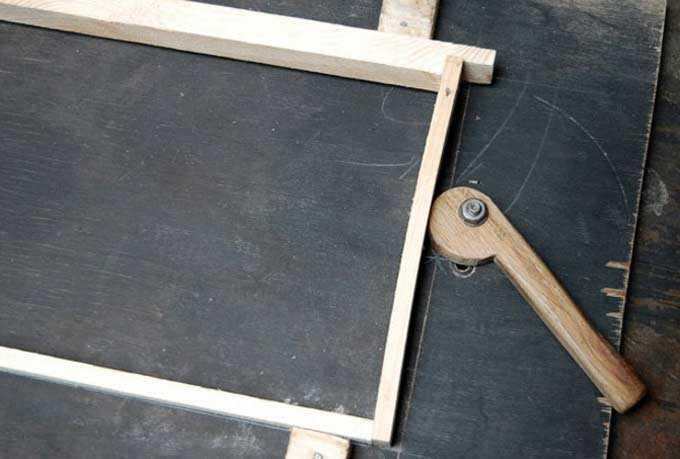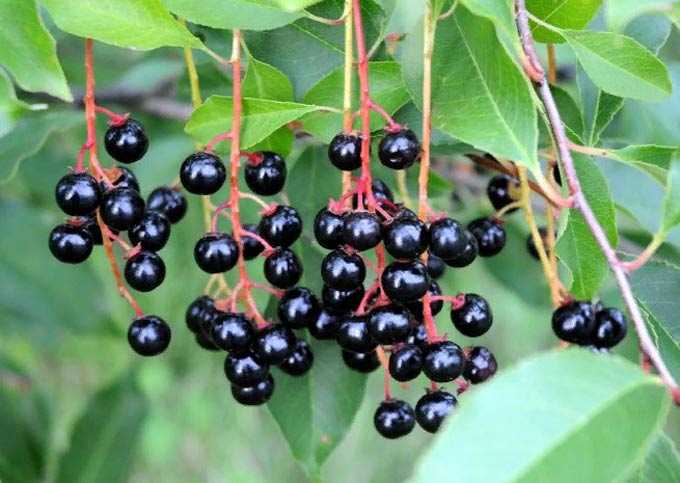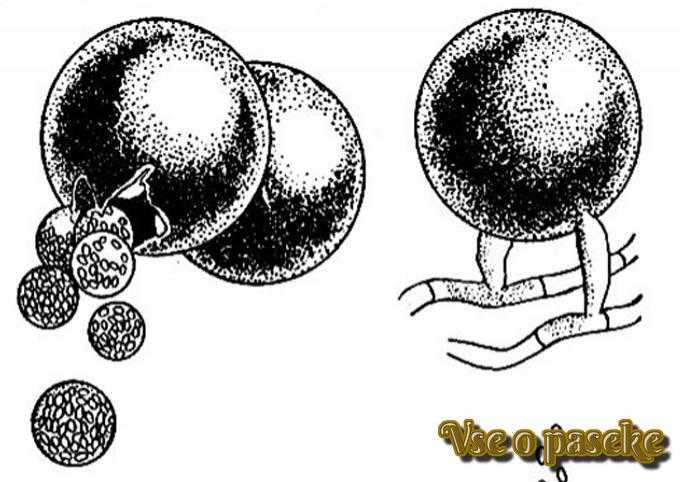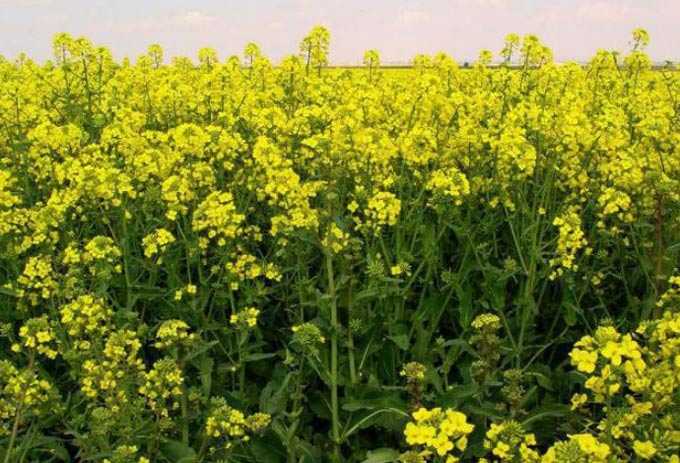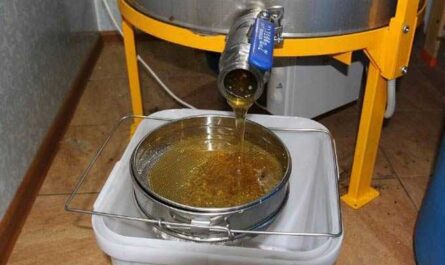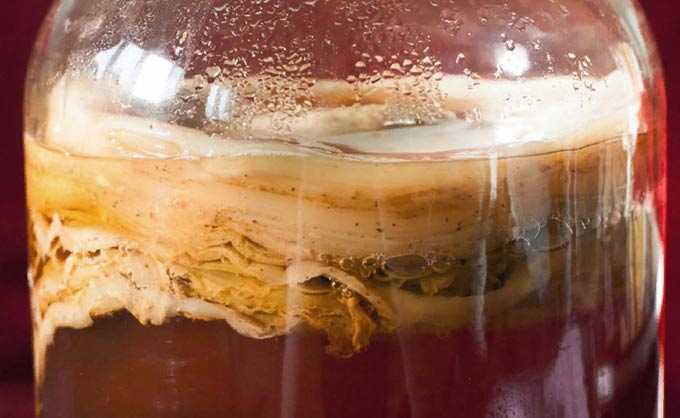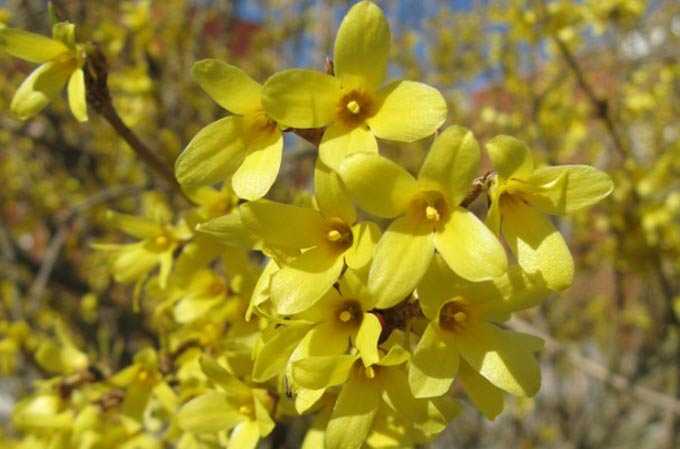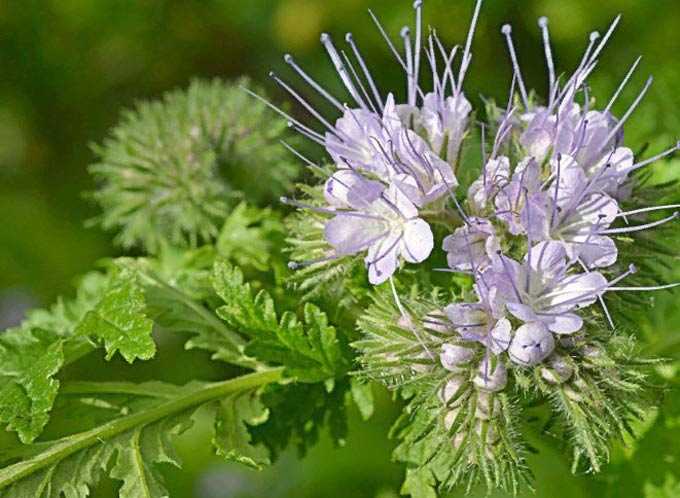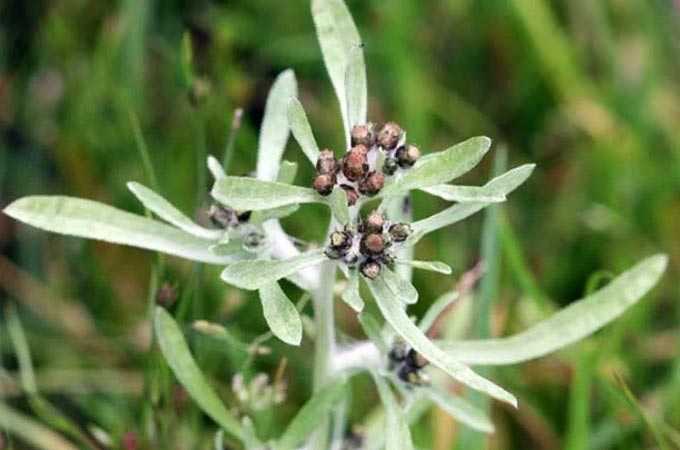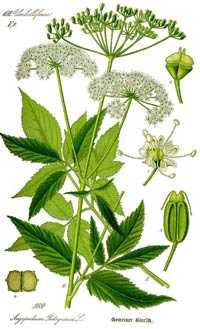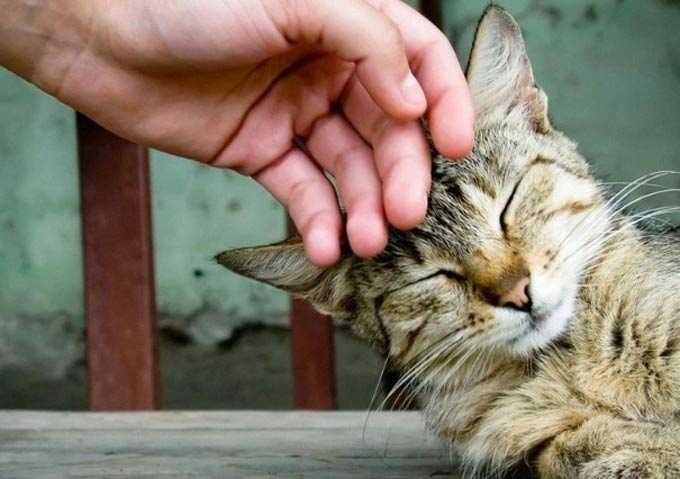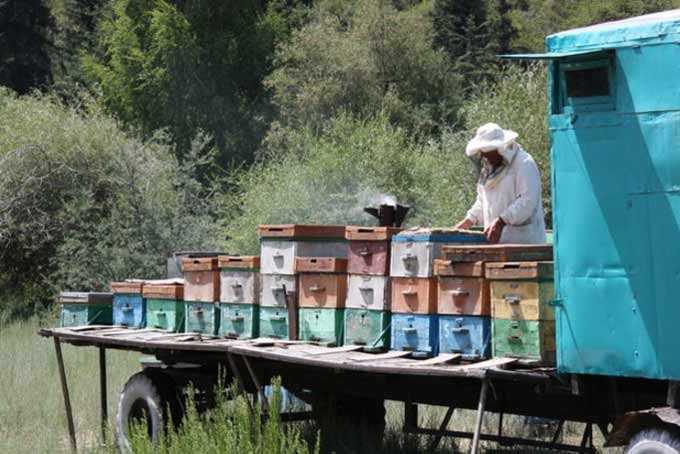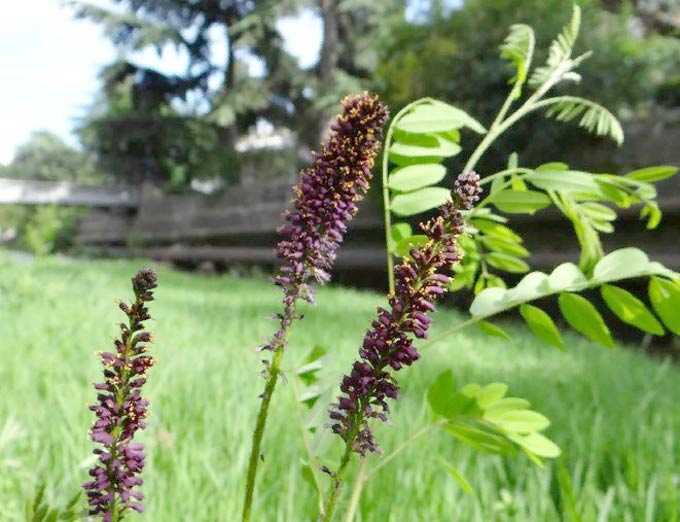Echinacea honey plant, which is a herbaceous perennial medicinal plant from the Aster family. It is considered a good long-flowering summer honey plant.
The content of the article
- 1 Distribution and Description
- 1.1 Varieties of honeydew
- 2 Significance for agriculture
- 3 Cultivation of agricultural crops
- 4 Growing ornamental culture
- 5 Honey productivity
- 6 Useful Properties
Distribution and Description
This herb is cultivated practically all over the world. It tolerates spring frosts and severe winter frosts well.
Plant height can reach one and a half meters. Its shoots are quite rough – fleecy and rough. Dark green leaves are large, elongated, lanceolate, serrated along the edges.
The flowers are grouped in large baskets (each of them is up to 12 centimeters in diameter), and somewhat resemble chamomile inflorescences in shape. Elongated petals in pink, purple, gold, or white can hang beautifully around the edges. The center of the inflorescences is cone-convex, colored in yellow, red, pink, brown or orange shades, depending on the variety.
This genus has well-developed powerful rhizomes that sprout up to 25 centimeters deep into the soil. The herb has a lifespan of over ten years.
Varieties of honeydew
Earlier, Echinacea was not isolated as a separate genus or family. Now there are five species in the family, two of which have been introduced into culture.
Purple – the largest, highest, brightest and most beautiful decorative type of Echinacea. On the basis of it, hybrid varieties are created. It is this species that is valuable for beekeeping.
Narrow-leaved echinacea – a low, unpretentious herbaceous plant. Used for mass planting in the fields. The flowers of this species are smaller and the stems are less coarse. Life expectancy is about six years.
The rest of the grass is not actually cultivated as ornamental plants. And they are rare for our regions.
Significance for agriculture
To obtain green mass for fodder or hay, narrow-leaved is most often massively sown, but purple echinacea can also be used.
From one hectare of dense plantations, you can get up to 35 tons of green mass, 13 tons of hay or 3 quintals of seeds for planting (from a three-year plantation).
Such a feed additive has a good effect on the development and health of young cattle and small ruminants, pigs, and poultry.
The grass is also used as an ornamental planting. It is used to decorate city borders, parks, flower beds, summer cottages, gardens. Echinacea looks best in small landscape compositions.
The honey plant is also valued as a medicinal plant widely used in folk medicine and pharmaceuticals. More than 200 pharmaceutical preparations known to us, including various kinds of ointments, pastes, cosmetics, tinctures, are made on an echinacea basis.
Cultivation of agricultural crops
Usually, the grass is bred with seeds in April. It is recommended to work well the entire area, getting rid of weeds – that is, thoroughly plow and plow the area. Then you need to fertilize the soil with superphosphate just before planting (30 kilograms is taken per hectare).
Each hectare of plantations consumes up to 12 kilograms of seed. Embedding depth up to 3 centimeters. Recommended row spacing up to 60 centimeters (up to 45 is possible). The grass emerges en masse on the 15-30th day, develops slowly, and can be drowned out by weeds.
In the first year, only a rosette and a powerful rhizome are formed. In the second season, the first shoots appear in the spring, and at the end of June the plant blooms and takes on its natural appearance.
It is recommended to do annual inter-row cultivation on the site!
In July, the grass is mowed for forage. And the roots are harvested at the end of September, the first ten days of October, before that, having made another cut.
To obtain their own seed fund, the grass is grown on separate plantations. It should be noted that the inflorescences do not bloom at the same time. Therefore, they are removed in several passes.
In late September or early October, the testes acquire a characteristic dark brown hue, and the crest of the inflorescence itself is easily removed from the basket. The seeds (in dry baskets) are harvested by hand or with a small grain harvester.
Growing ornamental culture
It is recommended to breed hybrid types of honey plants by dividing the bushes. So it takes root better and gains strength faster.
Important! Echinacea species is cultivated exclusively by seeds.
The plant is planted in spring in April or in autumn during leaf fall in well-prepared, slightly dry soil.
The soil must contain a small amount of lime and nutrients! Too wet or sandy areas are not suitable for this plant. At the same time, the grass prefers places well-lit by the sun.
Planting and growing rules:
- For vegetative propagation, dig holes in size slightly larger than the seedling rhizome.
- For seedlings, holes are made five centimeters deep, between which it is supposed to leave a distance of 30 centimeters.
- A small amount of compost is placed on the bottom of the hole.
- After planting, the site must be regularly watered in the evening.
- It is important to cut off all the weeds in time, to carry out loosening.
- From the second year of life, for lush flowering, you need to fertilize the soil under the plants twice a season using compost mixed with wood ash.
Honey productivity
Bees willingly visit flowering echinacea, as it blooms from June and gives nectar to October (one flower lives 46 days, and the average flowering period of the entire plant is 70-76 days). Echinacea helps bee colonies in late summer, when most of the melliferous plants have already faded.
From one hectare of dense herbage, you can get from 70 to 150 kilograms of nectar.
Useful Properties
Echinacea honey is present on the market, including in monofloral (one-component) form.
It can be taken internally:
- with physical and mental fatigue;
- with metabolic disorders (including diabetes, overweight, thyroid damage);
- in the fight against alcoholism (to calm the nervous system);
- with headaches and joints aching in the weather;
- with leukopenia caused by radiation;
- with inflammatory diseases of the joints and bladder.
Such honey is suitable for external use: after burns, operations, frostbite. It helps well with purulent wounds.
Perga and pollen from this plant can be consumed daily as a multivitamin-rich dietary supplement.
Important! Scientists have found that monofloral echinacea honey has radioprotective and immunomodulatory properties.
Therefore, it is contraindicated:
- – with oncology;
- – with allergies (specifically to this herb);
- – during pregnancy and breastfeeding;
- – at increased pressure;
- – in case of disturbances in normal sleep.
Any herb-based drug is dangerous for children under six years old because of its high therapeutic activity.
